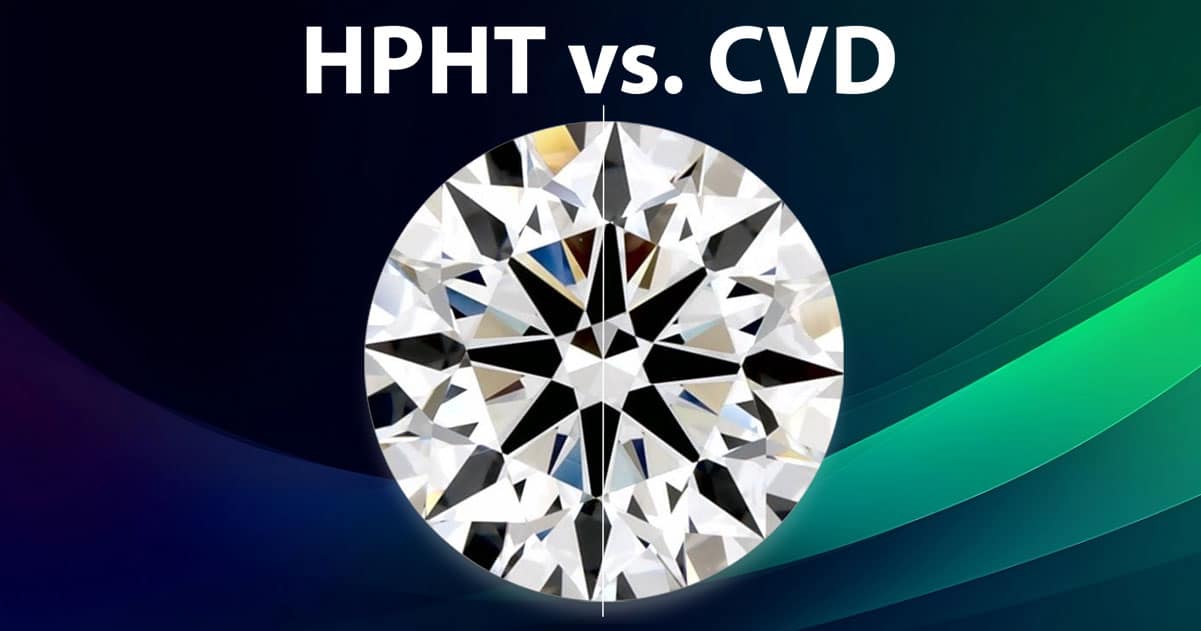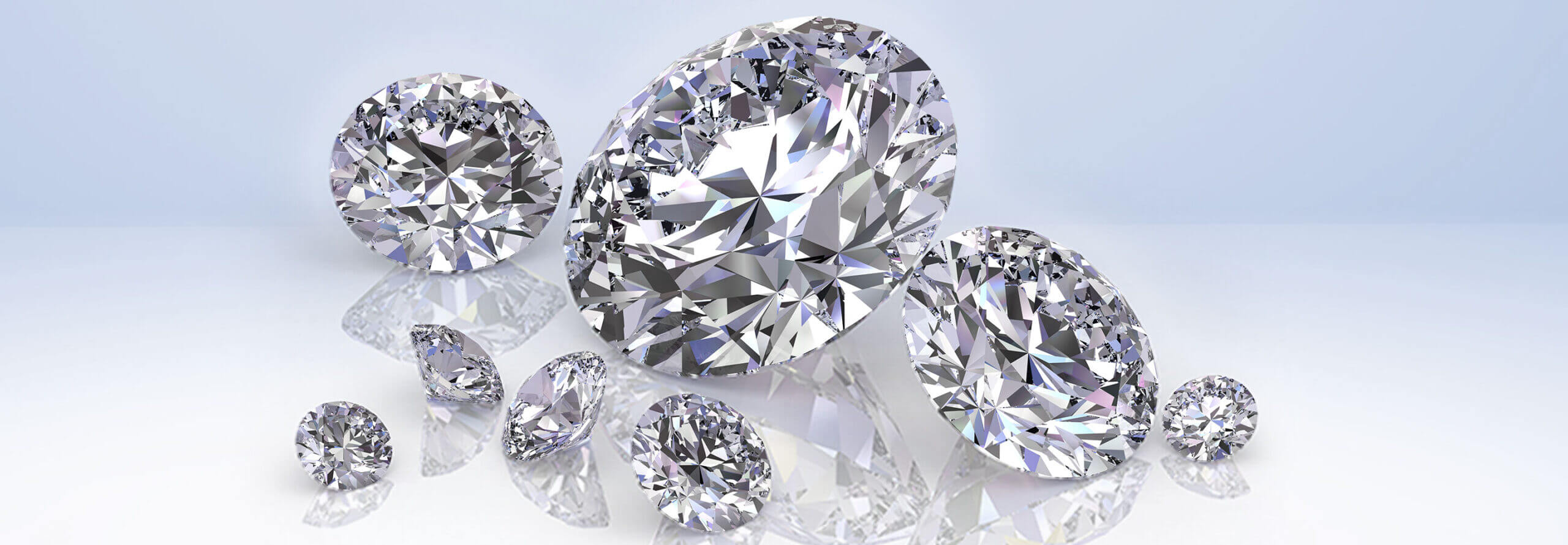The diamond industry has seen significant advancements with the introduction of lab-grown diamonds, specifically those produced through High-Pressure High-Temperature (HPHT) and Chemical Vapor Deposition (CVD) methods. Understanding the differences between HPHT vs CVD diamonds is essential for consumers looking to invest in these beautiful gemstones. This article will explore the characteristics, advantages, and limitations of each type.
What Are HPHT Diamonds?
HPHT diamonds are created using a method that mimics the natural processes that form diamonds deep within the Earth. This technique involves applying extreme pressure and temperature to carbon, resulting in the growth of diamond crystals. The HPHT vs CVD diamonds debate often centers around the production method, as HPHT diamonds typically have a more robust crystal structure and may include unique inclusions that can be traced back to their formation process.
What Are CVD Diamonds?
CVD diamonds, on the other hand, are produced using a different approach that involves vaporizing carbon in a controlled environment. This process allows for the deposition of carbon atoms onto a substrate, gradually forming diamond crystals. The HPHT vs CVD diamonds comparison often highlights the fact that CVD diamonds tend to exhibit fewer inclusions and can be produced in larger sizes with more uniform quality.
Visual Differences: HPHT vs CVD Diamonds
When comparing the visual characteristics of HPHT vs CVD diamonds, some subtle differences may be noted. HPHT diamonds often possess a more distinct color palette, ranging from colorless to shades of yellow or brown, depending on the growth conditions. In contrast, CVD diamonds can achieve a wider range of colorless and fancy colors, providing consumers with more options. However, both types can exhibit exceptional brilliance and fire, making them attractive choices for jewelry.
Durability and Performance
In terms of durability, both HPHT and CVD diamonds are comparable to natural diamonds, scoring a perfect 10 on the Mohs scale of hardness. This means they are resistant to scratching and suitable for everyday wear. However, the crystal structure of HPHT diamonds may give them a slight edge in toughness, while CVD diamonds often showcase greater consistency in quality. Understanding these aspects is essential when deciding which type of diamond to purchase.
Cost Considerations
The price of HPHT vs CVD diamonds can vary based on several factors, including size, color, and clarity. Generally, CVD diamonds tend to be more affordable than their HPHT counterparts due to the differences in production processes and the ability to control the growth environment. This makes CVD diamonds an attractive option for budget-conscious consumers seeking high-quality lab-grown diamonds without sacrificing aesthetics.
Ethical and Environmental Considerations
Both HPHT and CVD diamonds are considered ethical alternatives to mined lab grown diamonds, as they are created in controlled environments without the environmental impact associated with traditional diamond mining. However, the production of CVD diamonds may have a lower carbon footprint due to the less intensive energy requirements during their creation. As consumers become increasingly aware of ethical sourcing, understanding the environmental impact of each method can inform their purchasing decisions.
Certification and Grading
When it comes to grading, both HPHT and CVD diamonds can receive certifications from reputable gemological laboratories, such as the GIA or IGI. This ensures that consumers are informed about the quality and characteristics of the diamond they are purchasing. Whether you choose an HPHT or CVD diamond, obtaining a certification is crucial for verifying the diamond’s attributes and ensuring that you are making a wise investment.
Conclusion
In the HPHT vs CVD diamonds debate, both options offer unique advantages and characteristics that cater to different consumer preferences. While HPHT diamonds may be preferred for their robust crystal structure and distinct color variations, CVD diamonds stand out for their affordability and uniform quality. Ultimately, the choice between HPHT and CVD diamonds will depend on personal preferences, budget, and ethical considerations. Understanding the differences between these two types of lab-grown diamonds will empower consumers to make informed decisions in their diamond purchasing journey.






More Stories
IGI vs. GIA: A Comparison of Diamond Grading Labs
Discover the Magic of Ready to Ship Engagement Rings in Australia